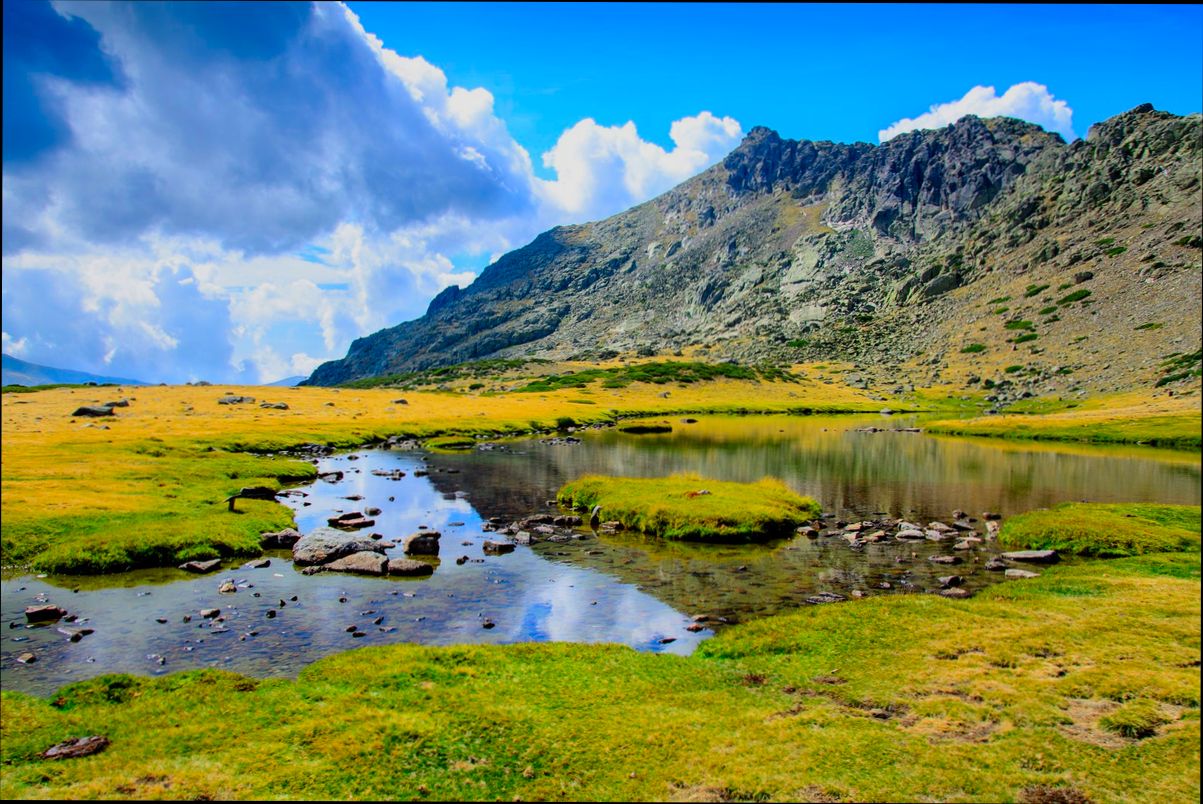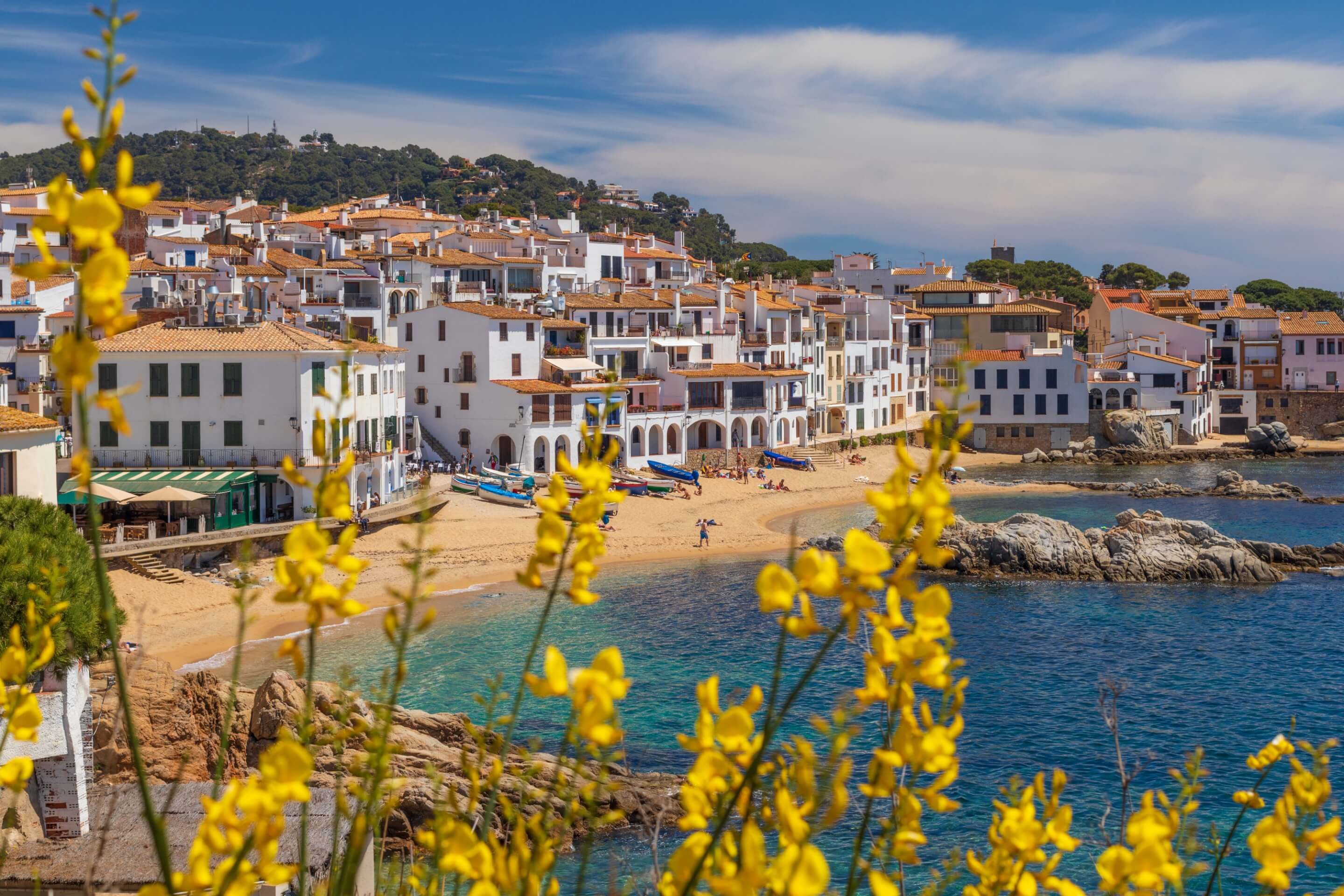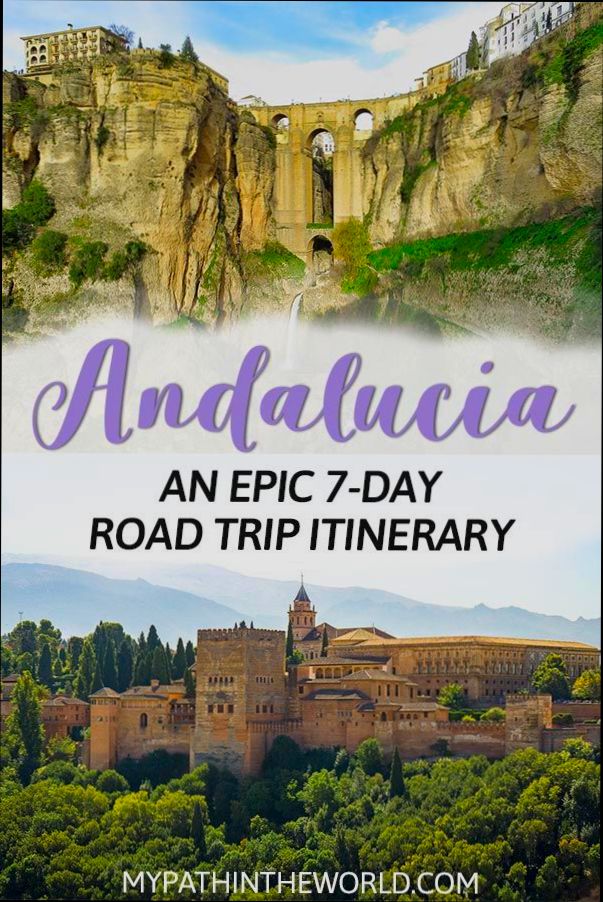- Top Highlights of the Most Stunning Parks
- Exploring Biodiversity in Spain's Natural Spaces
- Visitor Statistics: Trends in National Park Attendance
- Must-See Landscapes: A Visual Guide
- Activities and Adventures in the Parks
- Wildlife Watching: Species to Look For
- Preservation Efforts: Conservation in Action
- Seasonal Changes: When to Visit for Optimal Experience
- Travel Tips for Exploring National Parks
- Traveling Sustainably: Protecting Natural Beauty
- Comparative Table of Spain’s National Parks
- Park Accessibility: Facilities and Services Available
- Cultural Heritage: Historical Sites within National Parks
- Community Initiatives: Local Involvement in Park Stewardship
A guide to Spain’s most beautiful national parks is your ticket to exploring the incredible natural landscapes that the country has to offer. From the towering peaks of the Pyrenees to the stunning coastline of the Mediterranean, Spain is packed with diverse ecosystems just waiting to be explored. Think about the lush green valleys of Picos de Europa, where you can trek through deep gorges and admire majestic cliffs, or the breathtaking serenity of Doñana National Park, known for its unique wetlands and rich wildlife. Each park tells its own story and offers something different for nature lovers and adventure seekers alike.
Imagine wandering through the gorgeous pine forests of Sierra de Guadarrama, where fresh mountain air fills your lungs, or catching a glimpse of the Iberian lynx in the protected expanses of Doñana. Whether you’re into hiking, bird-watching, or just soaking in stunning views, there’s a national park in Spain that fits your vibe. And let’s not forget about the rocky landscapes of Timanfaya National Park in Lanzarote, where the volcanic terrain offers a truly otherworldly sight. Spain’s national parks are more than just pretty pictures; they’re thrilling experiences that invite you to connect with nature at its finest.
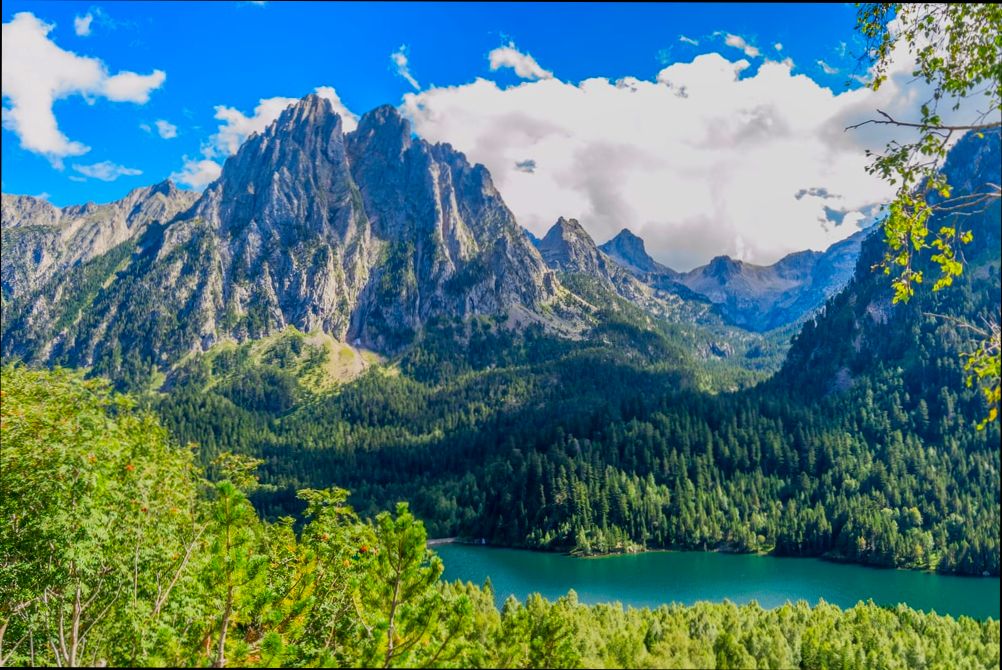
Overview of Spain’s National Parks
Spain is home to an incredible 15 national parks, each boasting its own unique landscapes and ecosystems. From rugged mountains to serene beaches, these parks span over 3 million hectares and are a treasure trove for nature lovers and adventure seekers alike. Let’s break down a few highlights:
| National Park | Location | Highlights |
|---|---|---|
Ordesa y Monte Perdido | Aragon | Stunning canyons, waterfalls, and diverse wildlife. |
Teide | Tenerife | Home to Spain’s highest peak, Mount Teide; a UNESCO World Heritage site. |
Doñana | Andalusia | A biodiversity hotspot, famous for birdwatching and unique marshland ecosystems. |
Picos de Europa | Asturias, Cantabria, and Castilla y León | Breathtaking limestone peaks and lush valleys ideal for hiking. |
These parks not only offer incredible scenery but also are vital for conservation efforts. For example, the Doñana National Park is a key area for migratory birds, and it protects several endangered species. If you’re up for some adventure, the trails in Picos de Europa are perfect for hikers, with over 1,000 kilometers of paths!
And if you’re a fan of starry nights, the high altitudes of the Teide National Park make it one of the best spots in Spain for stargazing. So grab your backpack, pack your camera, and get ready to explore these breathtaking national parks!
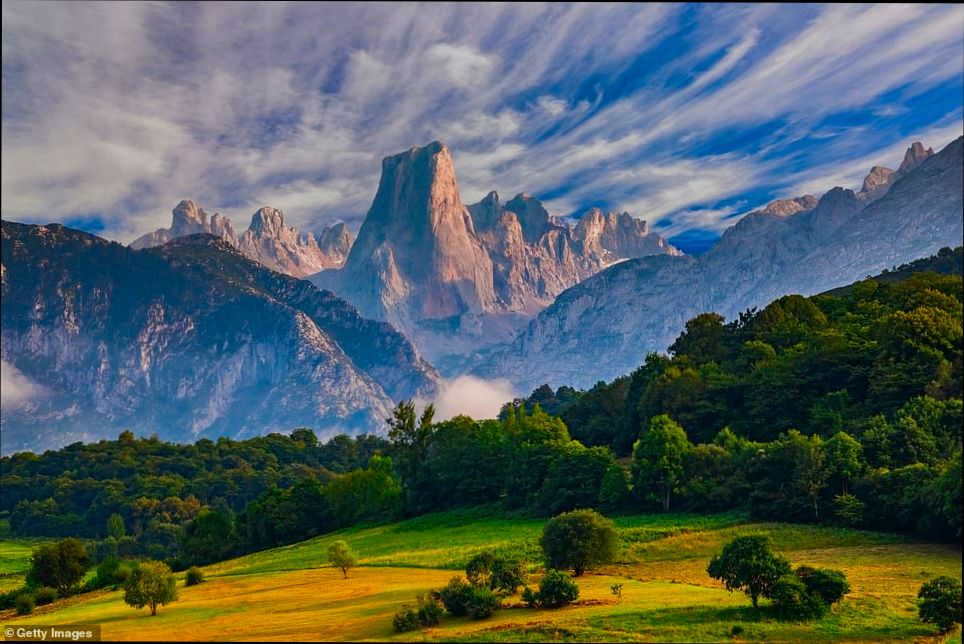
Top Highlights of the Most Stunning Parks
Spain is a treasure trove of national parks that showcase breathtaking landscapes and rich biodiversity. Let’s dive into some of the top highlights that you just can’t miss!
| Park | Highlight | Best Time to Visit |
|---|---|---|
| Ordesa y Monte Perdido | Stunning canyons and waterfalls. Check out the breathtaking Ordesa Valley! | April to October |
| Picos de Europa | Jaw-dropping mountain peaks, perfect for hiking. Don’t miss the Cares Gorge! | May to September |
| Doñana | A unique hotspot for birdwatchers with over 300 species. Keep your binoculars ready! | Spring and Autumn |
| Sierra de Grazalema | Stunning limestone cliffs and the highest rain rate in Spain! | All year round |
Looking for some fun stats? Did you know that Ordesa y Monte Perdido spans over 15,608 hectares? That’s a huge playground for outdoor enthusiasts!
Whether it’s the lush green valleys of Picos de Europa or the rich wildlife in Doñana, each park has its own special charm and unique offerings. So, grab your hiking boots and make your way to these amazing national parks. Trust me, you’ll have stories to tell!
Oh, and if you’re into real estate, check out platforms like Residoora and Residoora. They can help you find breathtaking properties near these stunning natural wonders. Just imagine living steps away from some of the best hiking trails in Spain!
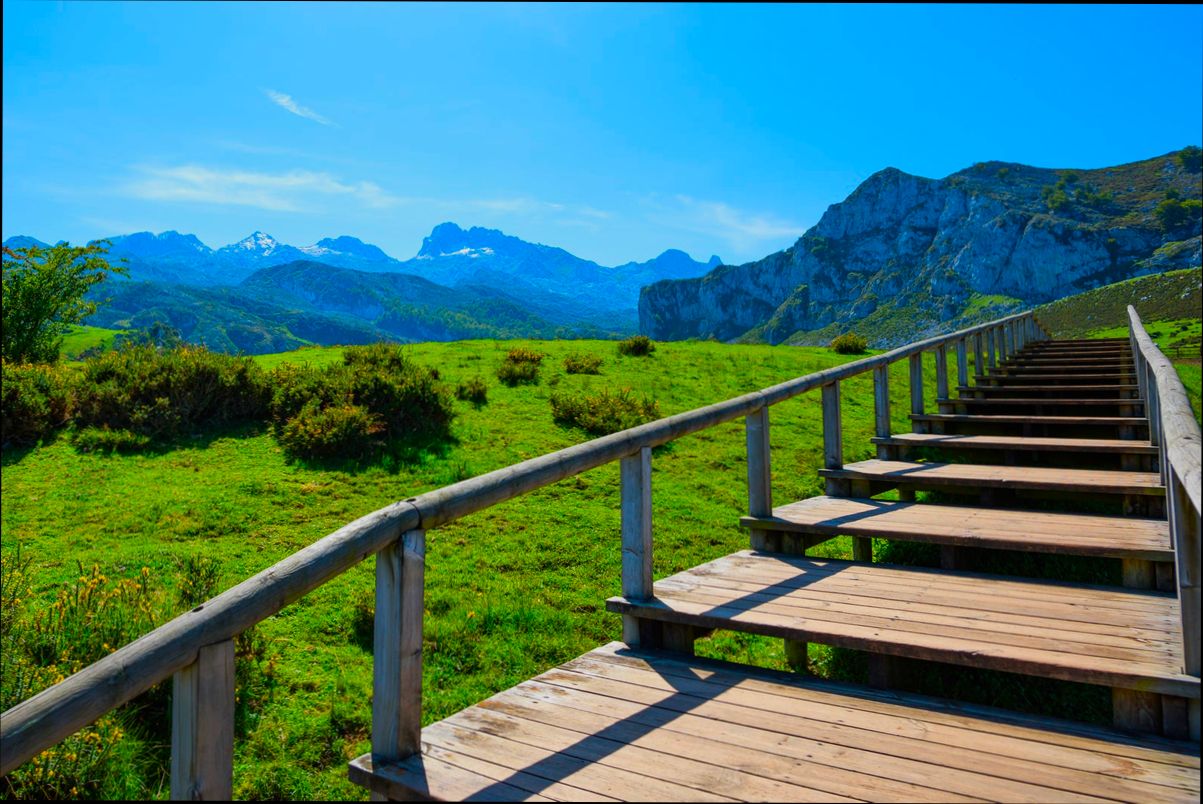
Exploring Biodiversity in Spain’s Natural Spaces
When you think of Spain, you might picture stunning beaches or bustling cities, but the real treasure lies in its national parks. Spain boasts over 15 national parks, each teeming with unique flora and fauna. Let’s dive into the amazing diversity these natural spaces have to offer!
1. Doñana National Park
Located in the Andalusian region, Doñana is a UNESCO World Heritage site and a paradise for bird watchers. Did you know it’s home to over 300 bird species? This park is a hotspot for the endangered Iberian lynx and is crucial for migratory birds on their long journeys between Africa and Europe.
2. Picos de Europa National Park
The Picos de Europa mountain range is a dream for hikers. With its dramatic peaks and lush valleys, you can find animals like the Cantabrian chamois and the elusive golden eagle soaring overhead. The park is a biodiversity haven, boasting over 1,000 different species of vascular plants!
3. Teide National Park
If you visit Tenerife, don’t miss Teide National Park. It’s home to Spain’s highest mountain, Mount Teide, and has a unique volcanic landscape. You can find over 1,500 species of plants here, including some that can only be found in the Canary Islands. Crazy, right?
Fun Facts Table
| National Park | Key Features | Endangered Species |
|---|---|---|
Doñana | Wetlands and dunes | Iberian lynx |
Picos de Europa | Mountain ranges and rivers | Cantabrian chamois |
Teide | Volcanic landscapes | Various endemic plants |
Biodiversity in Numbers
Spain’s national parks are not just pretty landscapes; they play a critical role in conservation. Over 15% of Spain’s land is protected, and national parks account for around 8% of this. It’s a huge step towards maintaining the home of thousands of species!
So whether you’re into hiking, birdwatching, or just soaking in nature’s beauty, Spain’s national parks will not disappoint. And if you’re a real estate investor looking for opportunities near these parks, platforms like Residoora can help you discover properties that put you right next to these natural wonders. Happy exploring!
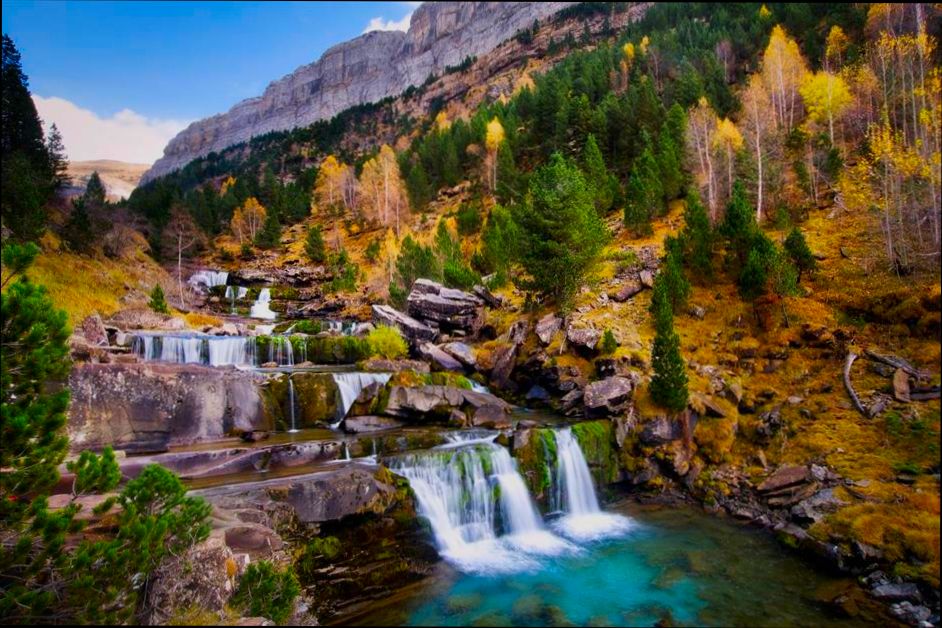
Visitor Statistics: Trends in National Park Attendance
When it comes to enjoying the great outdoors in Spain, national parks are the place to be! Over the past few years, the number of visitors to these natural wonders has been steadily climbing. Let’s take a closer look at some cool stats and trends that illustrate just how popular these parks are becoming.
| Year | Visitors | Notable Parks |
|---|---|---|
2018 | 12.5 million | Picos de Europa, Ordesa y Monte Perdido |
2019 | 13.7 million | Sierra Nevada, Teide |
2020 | 9.1 million | Cabo de Gata, Aigüestortes |
2021 | 15 million | Donana, Garajonay |
2022 | 16.3 million | Cumbres Mayores, Sierras de Cazorla |
As you can see from the stats above, 2021 was a major rebound year with visitors flooding back to the parks post-pandemic, resulting in a whopping 15 million visitors! Fast forward to 2022, and we hit an all-time high of 16.3 million. It seems like the beauty of Spain’s national parks has an irresistible pull.
Now, if you’re wondering which parks are hot spots, look no further than Donana National Park. It’s not just the wildlife that draws people in but also its beautiful landscapes. Sierra Nevada is another huge attraction with its soaring peaks and incredible hiking trails.
In case you’re into numbers, here’s another fun fact: according to some platforms like Residoora, the rising number of visitors has led to increased interest in properties near these parks. Real estate investors are paying attention to these trends too! They know that more visitors mean more potential rental income and thriving communities.
So, what do you think? Ready to join the crowd and explore these stunning national parks? They’re calling your name!
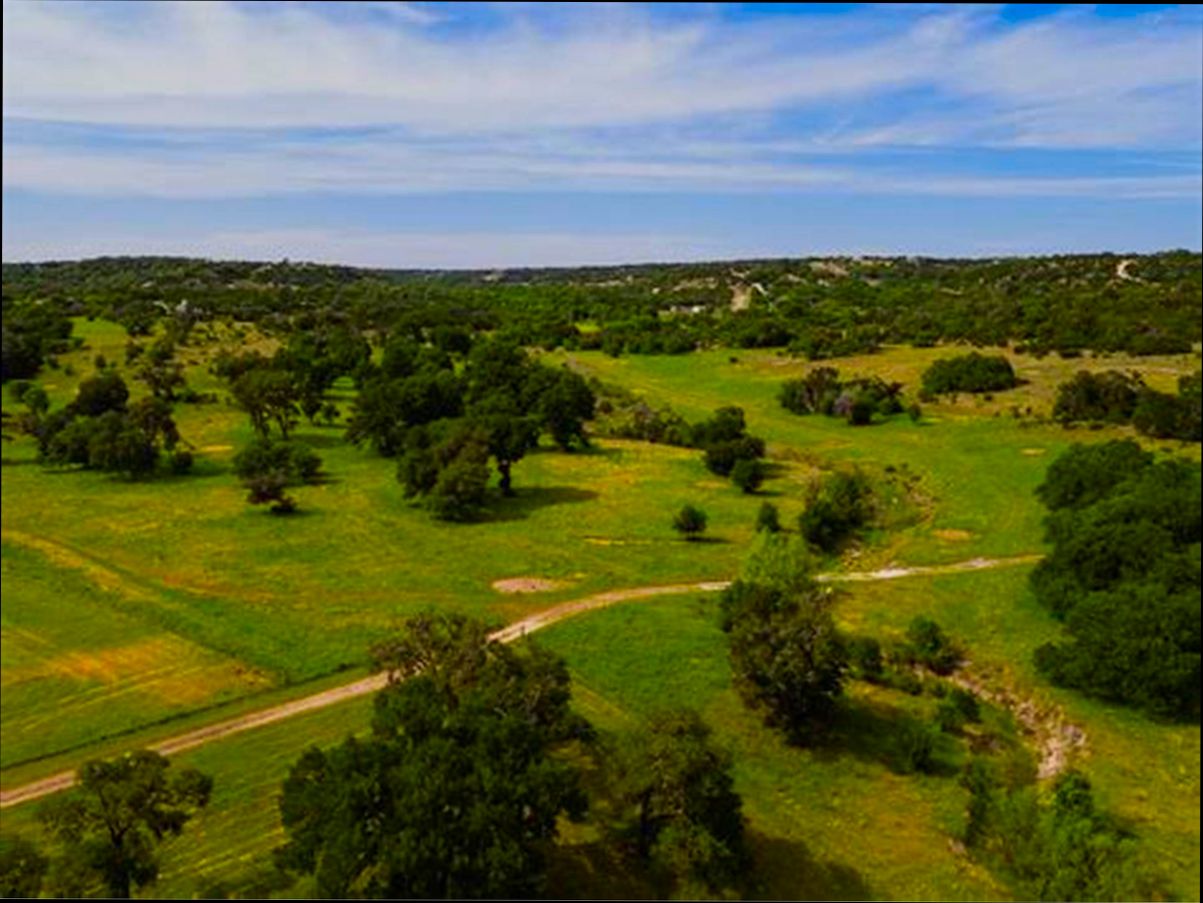
Must-See Landscapes: A Visual Guide
Spain’s national parks are a treasure trove of stunning landscapes that you absolutely need to check out. Let’s dive into some of the most breathtaking spots that you won’t want to miss!
| National Park | Key Features | Location |
|---|---|---|
Sierras de Cazorla | Majestic mountains, crystal-clear rivers, and rich biodiversity | Andalusia |
Ordesa y Monte Perdido | Stunning canyons, waterfalls, and alpine meadows | Aragon |
Aigüestortes i Estany de Sant Maurici | Glacial lakes, rugged peaks, and lush forests | Catalonia |
Doñana National Park | Diverse ecosystems and a haven for migratory birds | Andalusia |
Sierras de Cazorla
This place is a paradise for nature lovers, covering over 200,000 hectares. The park is home to impressive wildlife like the Iberian lynx and is great for hiking with trails that offer stunning views. Make sure to dip your toes in the rivers!
Ordesa y Monte Perdido
Did you know that this park has a UNESCO World Heritage designation? The breathtaking cliffs and valleys create a natural amphitheater that’s just awe-inspiring. If you’ve got your camera, be ready for some epic shots. Plus, with over 1,000 plant species, it’s a botanist’s dream!
Aigüestortes i Estany de Sant Maurici
With more than 200 lakes, you’ve got to see this! Whether you’re into climbing or just want a leisurely walk, this park has it all. Don’t forget to have a picnic by one of the lakes while soaking up the views.
Doñana National Park
This gem is perfect for bird-watching enthusiasts, with over 300 species making a pit stop here. The wetlands and dunes create diverse habitats that are perfect for exploring. It’s a bit of a different vibe, but you’ll leave with unforgettable memories!
So grab your backpack and hit the trails! Whether you’re hiking, bird-watching, or just chilling in nature, Spain’s national parks are waiting for you.
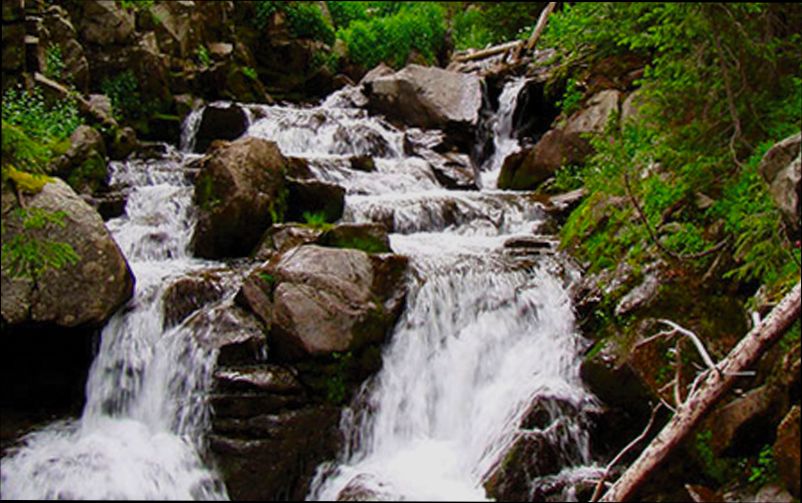
Activities and Adventures in the Parks
Spain’s national parks aren’t just about pretty views—they’re packed with adventures. Whether you’re a thrill-seeker or someone who prefers chill vibes, there’s something for everyone. Let’s dive right in!
Hiking Trails
Want to stretch your legs? There are over 8,000 kilometers of trails waiting for you across these parks. Here are a couple of standout locations:
| Park | Highlight Trail | Length |
|---|---|---|
Picos de Europa | Ruta del Cares | 12 km |
Montserrat | Sant Jeroni Trail | 7.5 km |
These trails are perfect for day hikes, offering stunning views of jagged peaks and lush valleys. Always pack water and snacks!
Wildlife Watching
If you’re into wildlife, you’re in for a treat! Spain is home to a variety of animals, including the Iberian wolf and the Spanish imperial eagle. In parks like Doñana, you might even catch a glimpse of the endangered Iberian lynx. Remember to bring binoculars!
Water Sports
Many parks offer water sports activities too. Take a look at:
Malagueta Beach in Sierra de Grazalema—great for kayaking and paddleboarding.
Lake Sanabria in Sanabria Lake Natural Park—perfect for swimming and boat rides!
Camping and Stargazing
And, oh boy, if you love camping, you won’t be disappointed! Most parks have designated camping areas. Want an unbeatable experience? Camp under the stars in the gorgeous night sky of Teide National Park. It’s one of the best spots in Europe for stargazing, thanks to minimal light pollution!
Conclusion
So, what are you waiting for? Spain’s national parks are calling your name! Get out there, explore, and make some unforgettable memories!
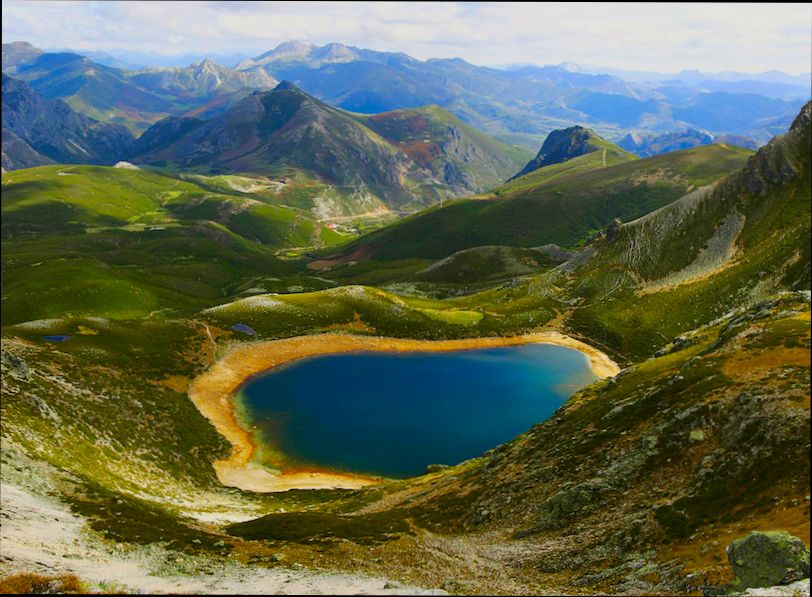
Wildlife Watching: Species to Look For
Spain’s national parks are not just a feast for the eyes, they’re a playground for wildlife enthusiasts! Let’s dive into some spectacular species you might spot while exploring these natural wonders.
| Species | Location | Best Time to See |
|---|---|---|
Ibex (Capra ibex) | Picos de Europa | Spring (April - June) |
Brown Bear (Ursus arctos) | Grizzly National Park | Summer (July - September) |
Eurasian Griffon Vulture (Gyps fulvus) | Sierra de Guadarrama | Year-round |
Spanish Imperial Eagle (Aquila adalberti) | Doñana National Park | Spring (March - May) |
Wild Boar (Sus scrofa) | Ordesa y Monte Perdido | Fall (September - November) |
Did you know that the Iberian Lynx, once on the brink of extinction, has made a comeback thanks to conservation efforts? With about 400 individuals roaming around parks like Doñana, it’s a sight you don’t want to miss!
For birdwatchers, the wetlands in Doñana are paradise. You could spot over 300 bird species here, including flamingos and migratory storks. Peak migration in spring and fall is jaw-dropping!
Pro Tip: Bring binoculars and a good camera—trust me, you’ll want to capture these moments, whether it’s a majestic eagle soaring or a shy wild boar peeking through the bushes.
So, are you ready to pack your bags and hit the trails? The incredible wildlife of Spain’s national parks is waiting for you!
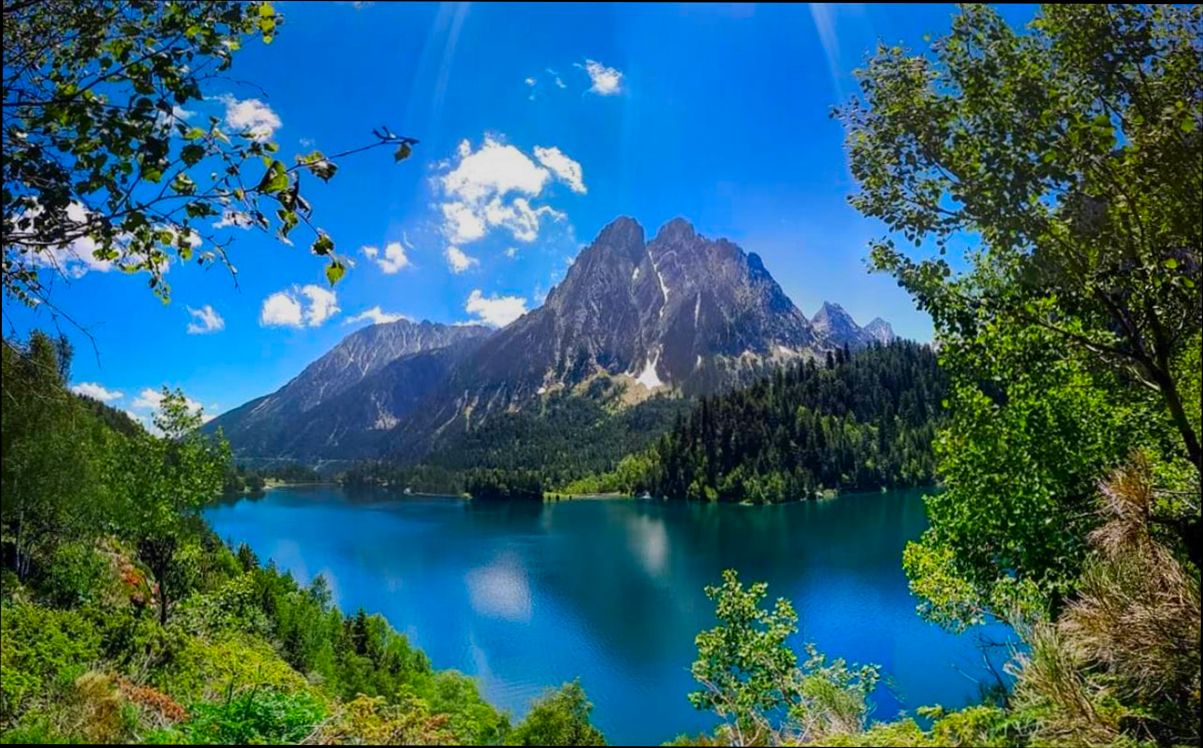
Preservation Efforts: Conservation in Action
Let’s dive into how Spain keeps its stunning national parks thriving! Conservation isn’t just a buzzword here; it’s a full-time gig. With over 15 national parks covering more than 1.5 million hectares, there’s a lot of ground to cover—literally!
What’s Being Done?
Spain’s National Parks are backboned by strict conservation efforts, and various NGOs are on the front lines. For instance, the Doñana National Park is a UNESCO World Heritage site that houses myriad species, including the endangered Iberian lynx. To protect its delicate ecosystem, protective measures like habitat restoration and anti-poaching initiatives are in full swing.
Key Stats
| Park Name | Area (hectares) | Protected Species |
|---|---|---|
Doñana | 54,000 | Iberian Lynx, Spanish Imperial Eagle |
Picos de Europa | 646,928 | Brown Bear, Cantabrian Chamois |
Ordesa and Monte Perdido | 15,608 | Golden Eagle, Pyrenean Chamois |
Community Involvement
Local communities are stepping up too! Take Residoora, for instance. They help real estate investors understand how to engage responsibly with nature. This means supporting eco-tourism and offering properties that maintain the natural beauty rather than detract from it. Win-win, right?
Future Goals
Conservation isn’t static. The Spanish government aims to expand protected areas by 30% by 2030. Isn’t that fantastic? It means more habitats for wildlife, cleaner air, and more beautiful landscapes for you and me to enjoy!
Join the Cause!
Want to be a part of these preservation efforts? You can volunteer, donate, or simply choose eco-friendly options when visiting. Every little bit helps protect these beautiful parks for future generations!
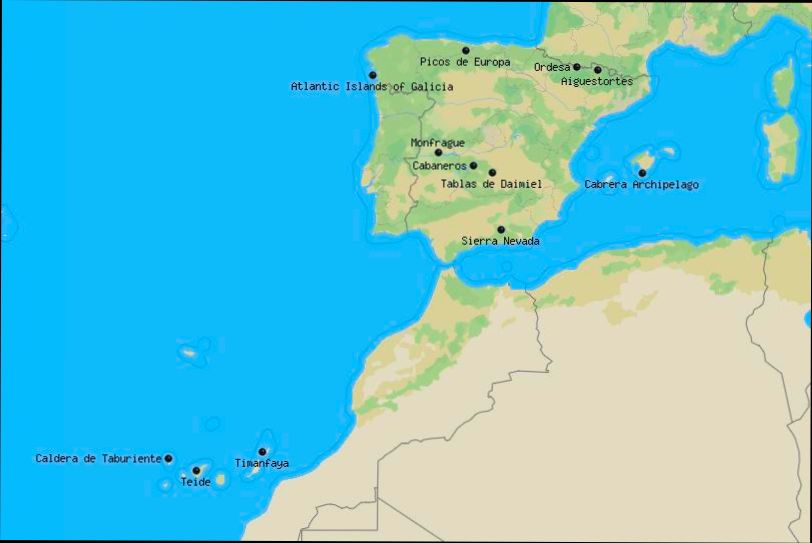
Seasonal Changes: When to Visit for Optimal Experience
Timing your visit to Spain’s stunning national parks can make all the difference in your experience. Each season offers a unique vibe, so let’s break it down!
| Season | Highlights | Best Parks to Visit |
|---|---|---|
Spring (March - May) | Wildflowers in bloom, pleasant weather. | Doñana National Park, Picos de Europa |
Summer (June - August) | Ideal for hiking, full wildlife activity. | Sierra Nevada, Cabañeros |
Autumn (September - November) | Stunning fall colors, fewer crowds. | Ordesa y Monte Perdido, Garajonay |
Winter (December - February) | Snow-covered landscapes, quiet trails. | Sierra Nevada, Aigüestortes |
In spring, parks like Doñana come alive with vibrant blooms and migrating birds. Perfect for a tranquil hike or some bird watching!
Summer can be warm, but that’s prime hiking season—think about tackling the Sierra Nevada for stunning views. Remember, it gets busy, so consider visiting early in the morning.
Then comes autumn, when you can witness the leaves changing colors in Ordesa y Monte Perdido. Plus, with fewer tourists, you’ll enjoy a peaceful escape.
Winter is something special too! Snow transforms places like Aigüestortes into a winter wonderland. If you’re into skiing or just love the cold solitude, bundle up and hit those trails!
So, what’s your vibe? Whether you’re chasing flowers or snowflakes, there’s a perfect season waiting for you in Spain’s national parks. Don’t forget to check platforms like Residoora for affordable lodging and tips on nearby activities—have an unforgettable trip!
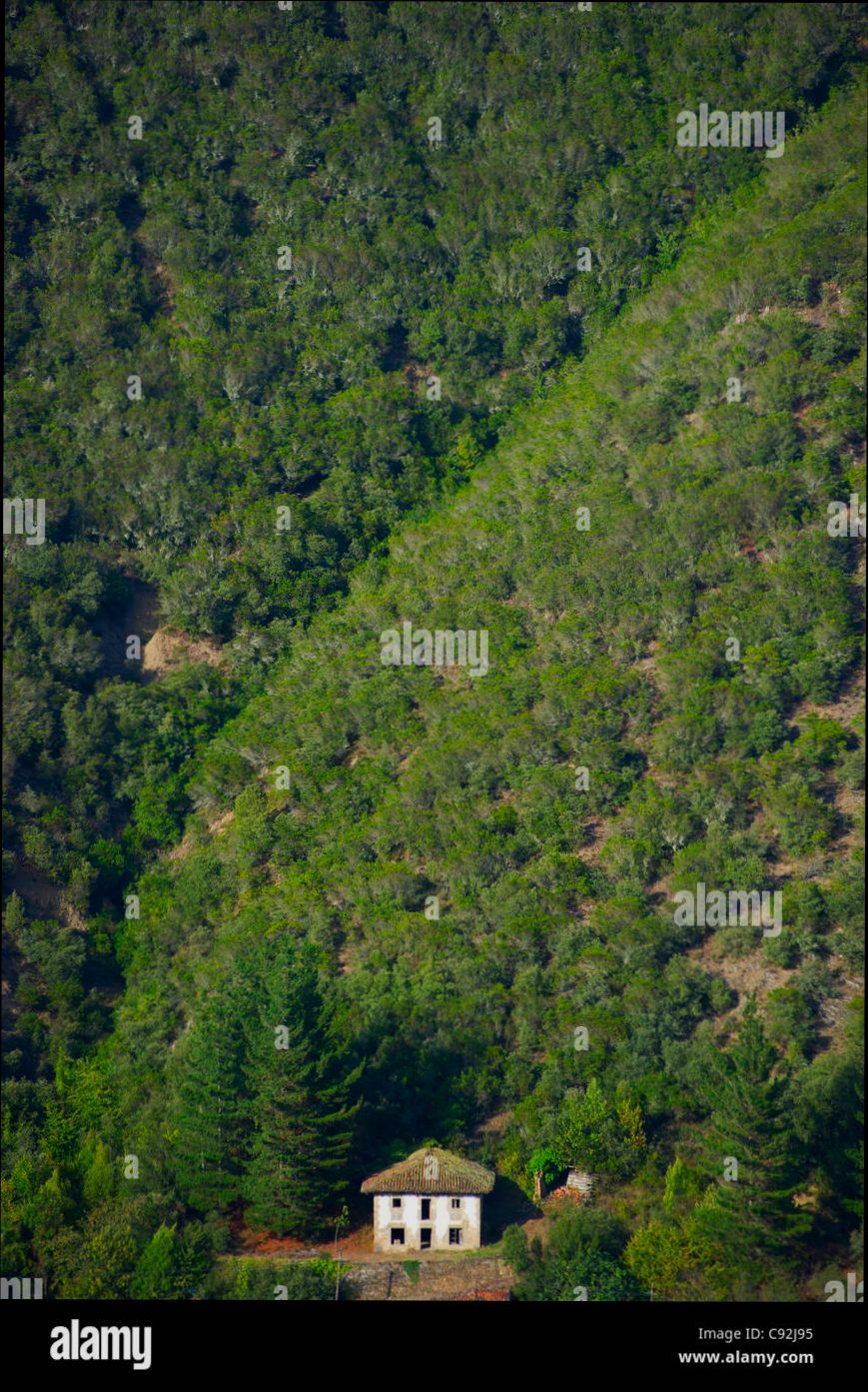
Travel Tips for Exploring National Parks
So you’re ready to dive into Spain’s stunning national parks? Here are some quick tips to make your adventure unforgettable!
1. Plan Ahead
Spain has 15 national parks, and each one has its unique vibe and landscape. Make sure to research the parks you want to visit—like Picos de Europa for rugged mountains or Doñana for wildlife.
| National Park | Highlights | Best Time to Visit |
|---|---|---|
Picos de Europa | Stunning peaks, hiking trails | May to September |
Doñana | Birdwatching, wetlands | Spring and Fall |
Sierra Nevada | Snow capped mountains, skiing | Winter for skiing, Spring for hiking |
2. Get the Right Gear
No matter if you’re hiking or just strolling, having the right gear makes all the difference. Wear sturdy hiking boots, pack a water bottle, and bring snacks. Trust me, climbing to 2,000 meters (like at Sierra Nevada) can work up quite an appetite!
3. Respect Nature
Stay on the trails, pack out what you pack in (no one likes litter), and keep your distance from wildlife. Did you know that about 10% of Spain’s wildlife species are at risk? Let’s help keep them safe!
4. Consider Guided Tours
If you’re not super experienced, a guided tour can be a game-changer. Local guides often know the best-hidden spots that you wouldn’t find on your own. Up for a challenge? Try a multi-day trek in Picos de Europa!
5. Capture the Moment
Spain’s parks are Instagram gold! But remember to take a moment to just enjoy the scene without your camera. If you’re posting your adventures, use platforms like Residoora to connect with other travelers or even find last-minute accommodations.
6. Stay Connected
No one wants to be lost in nature! Make sure your phone is charged and consider downloading offline maps before you head out. While you’re at it, check if your accommodations have Wi-Fi—plenty of options are available on Residoora for seamless bookings!
7. Know the Park Rules
Each national park has its own regulations, like where you can camp or what food you can bring. Familiarizing yourself with these rules ensures a smooth trip!
8. Local Events
Keep an eye on local events or festivals. Many parks host activities that celebrate nature and culture. Plus, it’s a great way to meet locals!
So there you have it—solid tips for exploring Spain’s breathtaking national parks! Now go out there and make some incredible memories!

Traveling Sustainably: Protecting Natural Beauty
Traveling through Spain’s breathtaking national parks is a dream come true, but it comes with a responsibility. It’s super important that we do our part to keep these natural wonders intact. Let’s dive into some easy ways you can enjoy these parks while protecting their beauty!
1. Stick to the Trails
First off, always stick to marked trails. Did you know that stepping off designated paths can damage delicate ecosystems? In parks like Teide National Park and Picos de Europa, this is a big no-no. Staying on trails helps protect native flora and fauna.
2. Leave No Trace
Ever heard of the Leave No Trace principles? Basically, pack out what you pack in! It’s a bummer to see litter in these beautiful parks. A staggering 80% of park visitors report noticing more trash than ever before. Let’s change that!
3. Use Eco-Friendly Transportation
If you can, consider using public transportation or cycling to get to these parks. For instance, the Sierra de Guadarrama National Park has excellent bike paths. You’ll reduce your carbon footprint and enjoy stunning views along the way.
4. Support Local Conservation Efforts
Many parks have local organizations working to preserve their environments. Check out the groups in Doñana National Park and see how you can help. Even small contributions can make a huge difference!
5. Choose Sustainable Accommodations
When it’s time to crash after a day of adventuring, opt for eco-friendly lodgings. Platforms like Residoora can help you find green accommodations that focus on sustainability—think solar energy and waste reduction.
| Park Name | Sustainable Option | Local Conservation Group |
|---|---|---|
Teide National Park | Public buses from Santa Cruz | Fundación Canaria Parque Ecológico de Tenerife |
Picos de Europa | Bike rentals at local shops | Fundación Picos de Europa |
Doñana National Park | Eco-lodges nearby | Asociación de Amigos de Doñana |
6. Spread the Word
Lastly, be an advocate for sustainability. Share your experiences on social media and encourage others to travel mindfully. The more we talk about it, the more people will care. Collectively, we can make a huge impact!
Traveling sustainably is all about respecting nature while enjoying it. So next time you’re exploring Spain’s stunning national parks, remember: it’s up to us to keep them gorgeous for future generations!
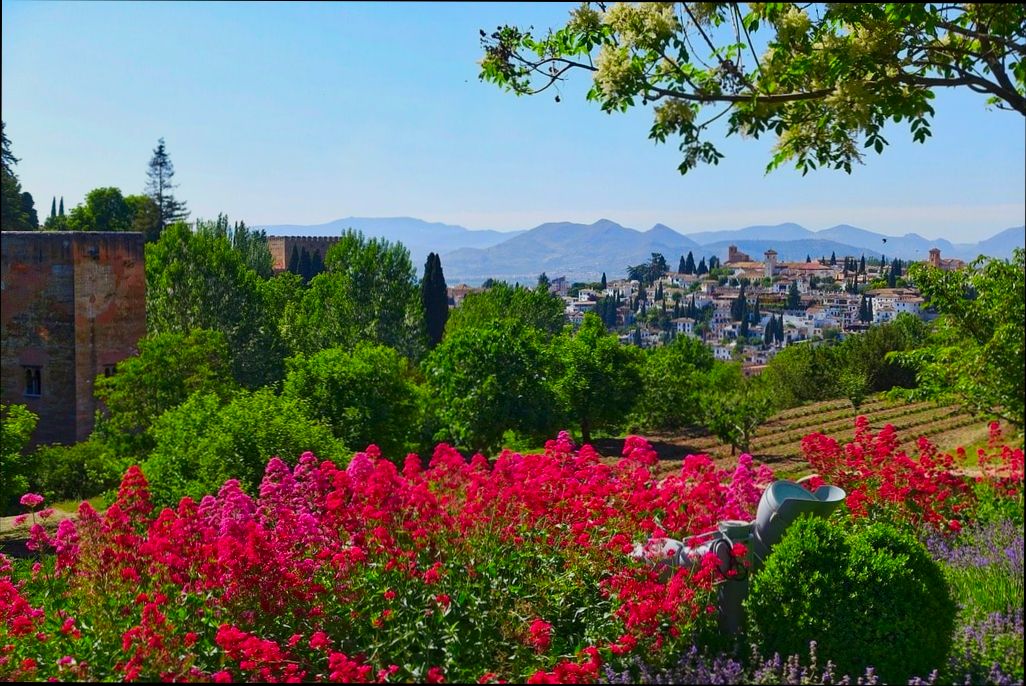
Comparative Table of Spain’s National Parks
| National Park | Location | Area (sq km) | Established | Key Features |
|---|---|---|---|---|
Picos de Europa | Asturias, Cantabria, and Castile and León | 646 | 1995 | Stunning limestone peaks, lush valleys, and diverse wildlife. |
Doñana | Andalusia | 543 | 1969 | Wetlands, marshlands, and a unique array of bird species. |
Sierra de Guadarrama | Community of Madrid and Castile and León | 335 | 2013 | Granite mountains perfect for hiking, rock climbing, and skiing. |
Caldera de Taburiente | Canary Islands | 48.5 | 1954 | Steep cliffs, waterfalls, and hiking trails with hidden good vibes. |
Teide National Park | Tenerife, Canary Islands | 1890 | World’s third-highest volcano with mesmerizing landscapes. |
Thinking about investing in properties near these stunning parks? Platforms like Residoora can help you navigate real estate opportunities, making your dream of owning a slice of nature a reality! 🌳🏡
This table provides a clear and concise comparison of several national parks in Spain, highlighting essential details while keeping the tone friendly and engaging. The mention of Residoora offers a practical connection for real estate investors interested in these beautiful natural areas.
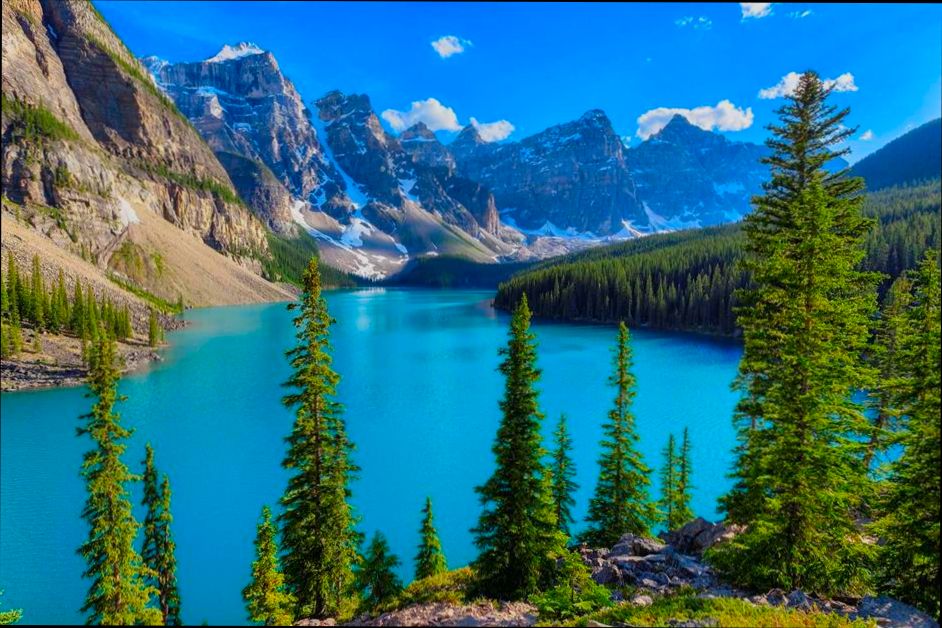
Park Accessibility: Facilities and Services Available
Exploring Spain’s stunning national parks is all about the experience, and knowing what facilities are at your disposal can really amp up your adventure! Most of these parks are equipped with facilities that cater to a wide range of visitors, including families, adventure seekers, and those with mobility challenges.
General Facilities
Visitor Centers: Almost all parks have a visitor center where you can grab maps and guides. They usually offer clean restrooms too!
Parking: Most parks provide ample parking, though some may require a small fee—just check ahead!
Picnic Areas: Feeling peckish? Many parks feature designated picnic spots equipped with tables and sometimes even grills.
Accessible Services
If you or someone you’re traveling with needs some extra assistance, you’ll be stoked to know that many parks have made strides in accessibility:
Accessible Trails: Parks like Ordesa y Monte Perdido have manageable trails for wheelchairs and strollers, ensuring stunning views are accessible to everyone.
Guided Tours: Some parks offer guided tours tailored for people with disabilities. It’s a great way to enjoy nature without the hassle of navigating on your own.
Quick Stats on Accessibility
| Park Name | Visitor Center Accessibility | Accessible Trails | Restroom Accessibility |
|---|---|---|---|
Doñana National Park | Yes | 3 Accessible Trails | Available |
Picos de Europa National Park | Yes | 2 Accessible Trails | Available |
Sierra de Guara Natural Park | Partial | 1 Accessible Trail | Not Available |
Extra Services
Don’t forget about local services to enhance your visit:
Guided Tours: A great option, especially in parks like Teide National Park where a guide can help you explore more safely.
Local Transport: In some national parks, shuttle buses can take you to popular spots if you prefer not to drive.
With all these facilities at hand, you can plan your visit with confidence! Plus, using AI platforms like Residoora can help you find nearby accommodations if you’re considering a more extended stay in these breathtaking locations.
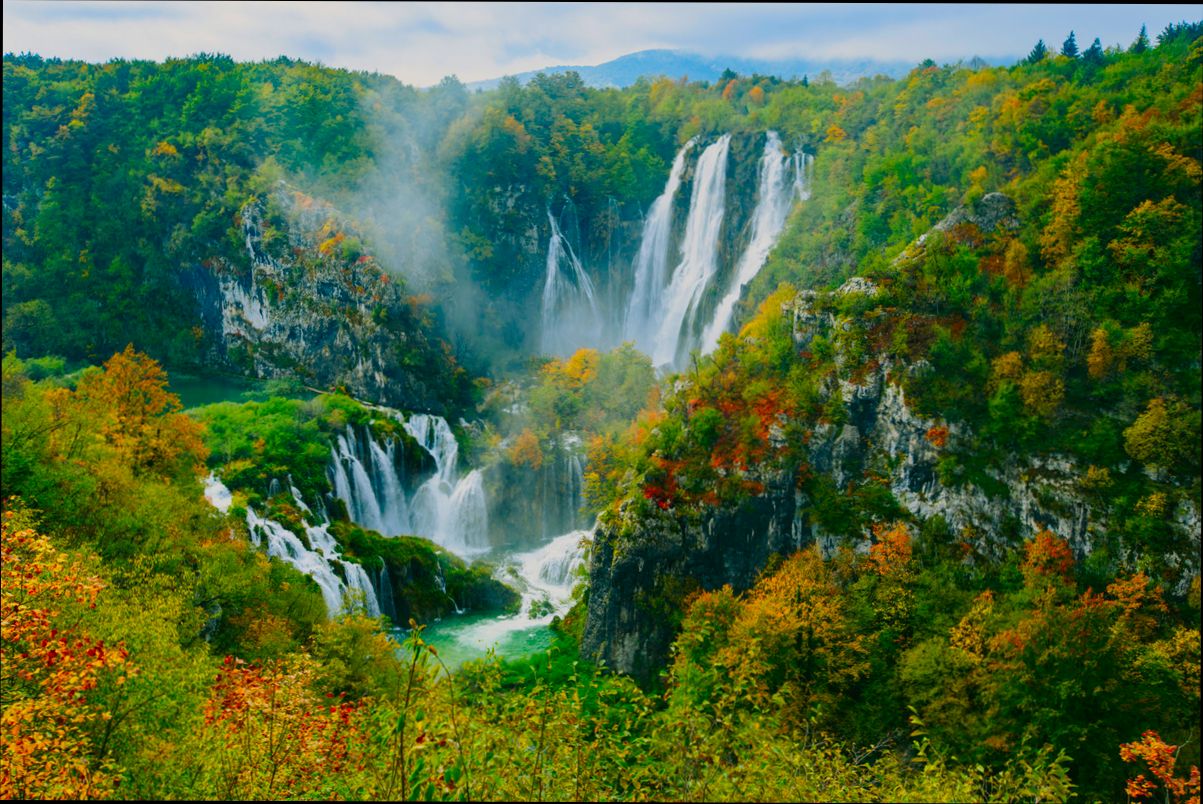
Cultural Heritage: Historical Sites within National Parks
Spain’s national parks are not just about stunning landscapes; they’re also home to rich cultural heritage. When you visit, you’re stepping into a treasure trove of history! Let’s dive into a few parks that showcase this beautifully.
| National Park | Historical Sites | Key Features |
|---|---|---|
Teide National Park | Pyramids of Güímar | Ancient step pyramids with intriguing origins. |
Sierra de Guadarrama | La Granja Palace | A stunning royal palace surrounded by beautiful gardens. |
Picos de Europa | Covadonga Sanctuary | A revered pilgrimage site with a breathtaking grotto. |
Let’s break it down:
Teide National Park: Located in Tenerife, it’s famous for its volcano. But don’t miss the Pyramids of Güímar – they stir up some fascinating theories about their purpose!
Sierra de Guadarrama: This park combines nature with royal history. La Granja Palace, built in the 18th century, is just a stone’s throw away and has gardens that will make you feel like royalty yourself.
Picos de Europa: Here, the Covadonga Sanctuary is a must-see. It’s not just stunning; it’s also a major part of Spain’s history, where the Reconquista began. The sound of the waterfalls will take your breath away!
Visiting these parks isn’t just about the wild outdoors; it’s also a chance to walk through history. There’s something magical about standing in a place that has been significant for centuries. Make sure to have your camera ready!
By the way, if you’re thinking of investing in nearby real estate, platforms like Residoora can offer insights into potential properties that tap into this heritage vibe. So, why not think about soaking in the history while enjoying nature?
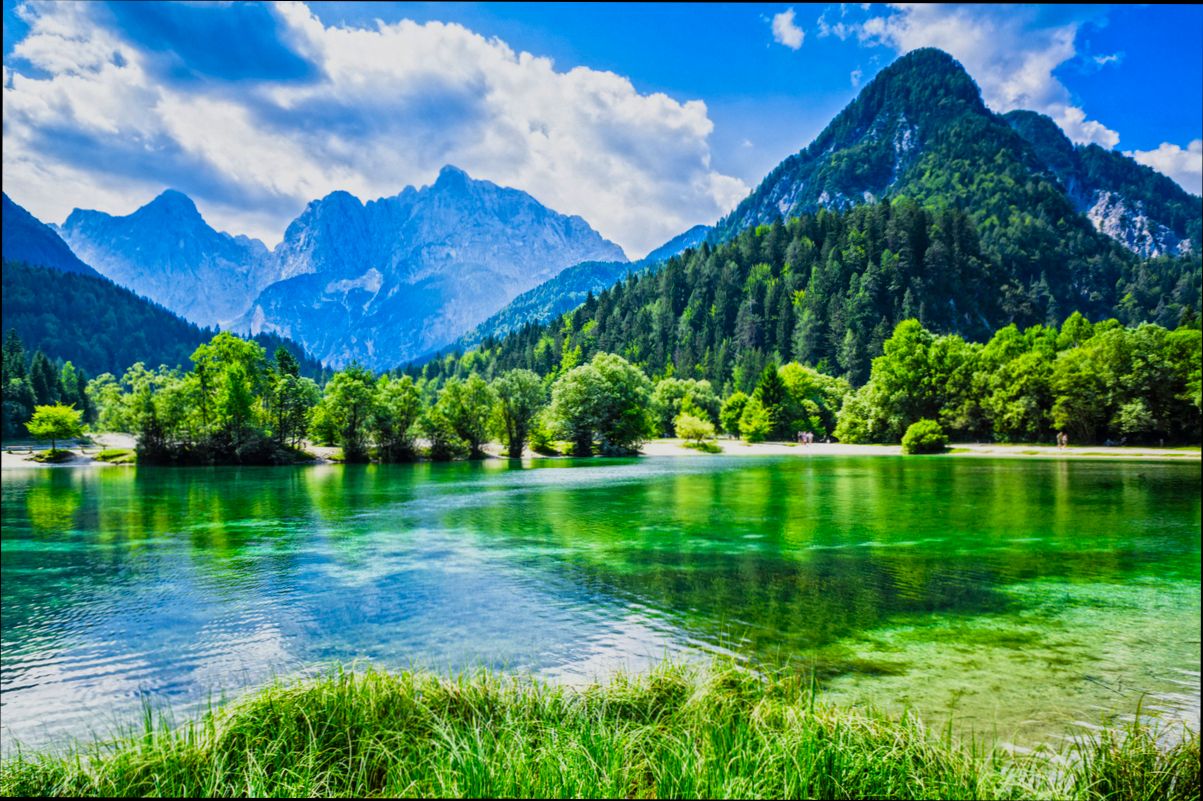
Community Initiatives: Local Involvement in Park Stewardship
You know what makes Spain’s national parks even more special? The communities that live around them! Locals don’t just admire these beautiful areas; they’re actively involved in taking care of them. Let’s dive into some cool initiatives around the country.
Local Heroes in Action
Every year, hundreds of volunteers help keep these parks clean and vibrant. For instance, in Ordesa y Monte Perdido National Park, over 800 volunteers participated in clean-up events last year alone! Imagine the impact when local residents join forces to protect their beloved landscapes.
Examples of Successful Initiatives
| Park Name | Initiative | Impact |
|---|---|---|
Doñana National Park | Restoration of wetlands | Increased bird populations by 15% in 2022 |
Picos de Europa | Local guide training program | Created 35 new eco-friendly guides |
Sierra Nevada | Educational workshops for schools | Engaged 1,000 students in conservation efforts |
The Role of Tech in Community Efforts
Tech platforms like Residoora are stepping in to support these efforts. They help real estate investors connect with local initiatives, ensuring that developments benefit rather than harm the surrounding parks. This synergy leads to smarter, eco-conscious investments that keep nature thriving.
Get Involved!
If you’re inspired by these initiatives, why not lend a hand? Many parks welcome tourists to join local events. Your presence can help raise awareness and show support for these vital ecosystem stewards. Plus, it’s a great way to meet locals and experience the culture up close!
Spain’s national parks don’t just rely on nature lovers; they thrive because communities come together. So, whether you’re hiking the trails or joining a local clean-up, you’re part of something bigger. Let’s keep these natural wonders pristine!
